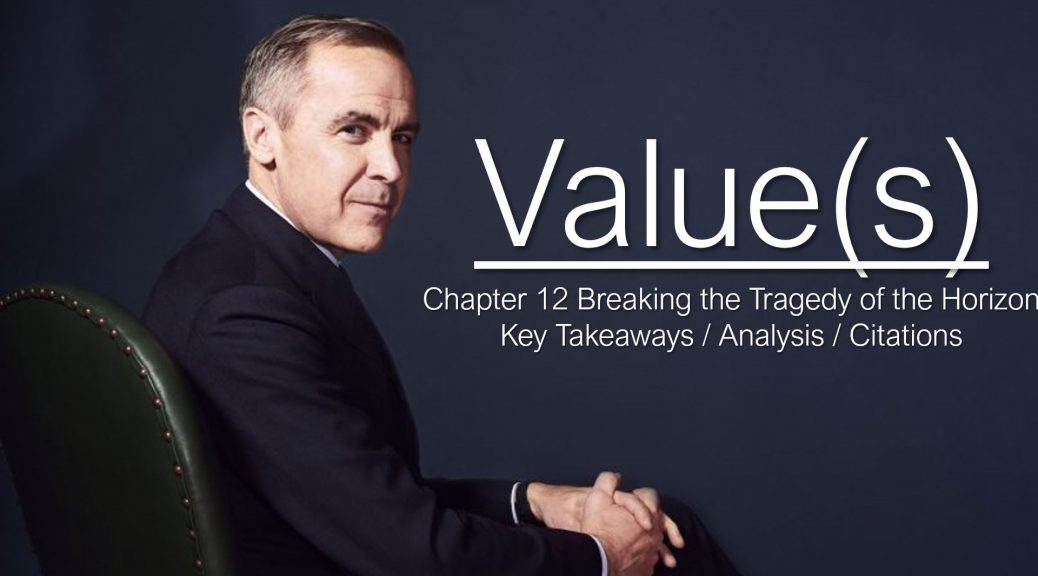Chapter 12 Breaking the Tragedy of the Horizon
Key Takeaways
One of James Carville’s Clinton ‘92 campaign slogans was “It’s the economy, stupid”. For Carney is “it’s the transition, stupid!” If you can get private financial institutions to truly back the transition then you can contribute to being a good custodian for generations to come. Carney’s work for Glasgow COP26 centres on organizing the plumbing for these financial institutions. In chapter 15, “Investing for Values” Carney explored this further. In this chapter, Carney argues that there are three technologies: 1) engineering, 2) political and 3) financial that need to be marshalled to address climate change.
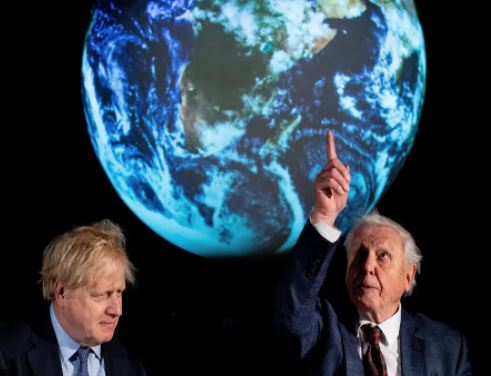
Engineering Technology
Driving Scale and Innovation: There will need to be major improvements to these hard to change sectors. Very hard to outlaw fossil fuels (ie. decarbonize) which are cheap and do not have a large upfront CAPEX:
- Zero-carbon economy, electricity today is 20% green and is projected to be 60% by 2060;
- Energy creation needs to be moved to a 90% market share with a mix of wind and solar. To what extent do we electrify everything and do it with green electricity depends on storage and loading challenges since solar and wind are intermittent. And we need to look at power efficiency in products we use;
- Global electricity has to increase 5x by 2050 and needs to be generated by renewables according to Carney;
- In the UK, off-shore wind farms were expected to generate £140/MWh by 2025 back in 2013 but then in 2014, they revised the number to £107/MWh, in 2016 they revised it down to £57/MWh; In the US, $59/MWh is the cost of coal and now onshore wind-farms are at $26/MWh and solar is $37/MWh….cheaper then coal!
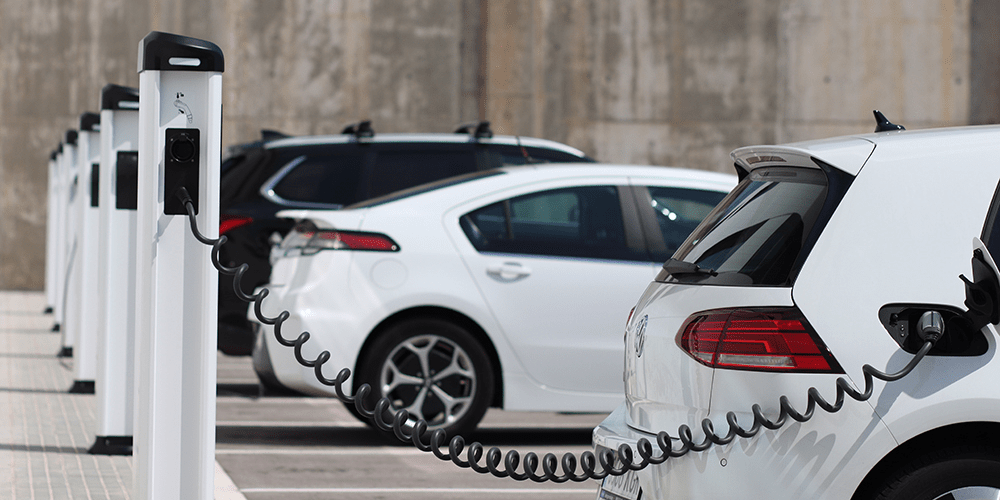
Electric Vehicles (EV)
- Hard to reduce dependency on fossil fuels (again, the euphemism is “decarbonize”);
- Use hydrogen for public transport;
- Tax breaks for EV;
- Build the infrastructure for electrical and hybrid vehicles;
- Car companies build vehicles in 3 year cycles from planning to off the factory floor so planning for more EV now is critical, even if batteries and charging stations are a problem;
- EV is not appropriate for long-haul trucks according to Carney;

Aviation and Shipping
- Going to be very challenging to reduce dependence on fossil fuels (i.e. decarbonize);
- Nothing is currently commercially viable according to Carney;
- The cost of not using fossil fuels is $115 – $230 USD per ton in aviation and $150 – $350 USD per ton in shipping;
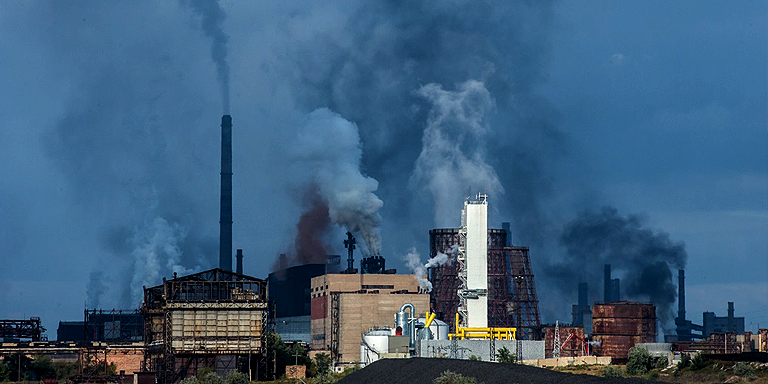
Industrial Sectors
Currently responsible for 32% or 17 GtCO2e annually, cement manufacturing, plastic, aluminum, chemical, fashion, furniture and home appliances. The consumption of energy is massive;
- A lot of the green technology does not really exist yet;
- There are four ways to reduce: use hydrogen (the product being H2O), electrifying processes, using biomass and carbon capture technology.
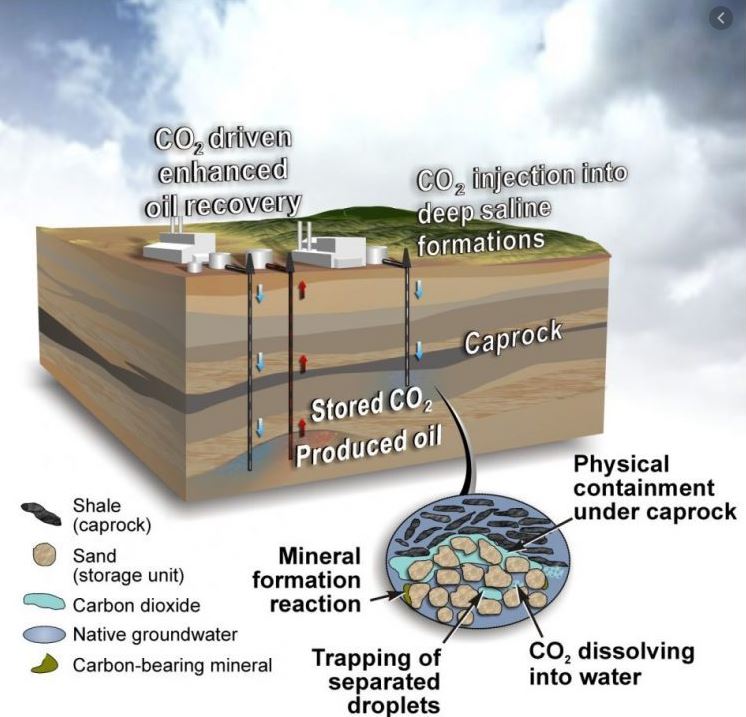
- Carney places a lot of reliance on carbon capture and sequestration at the point of production which involved pumping CO2 emissions into a saline solution deep underground, which is theoretical since the cost of pumping CO2 under every factory around the world has not been fully explored or whether there would be a centralized CO2 pumping station for a given geography;
- Carbon capture, use and storage (CCUS) are currently about 1% of renewable investments so this is not a hot market;
- Direct air carbon capture and storage (DACCS) involves sucking CO2 out of the sky where CO2 is much more diffuse then at the point of production, and therefore the economics right now are between $40 – $400/ton if extrapolated from the small test plants currently testing this technology.

Political Technology
Setting the Right Goals. Carney argues that we need to understand the consequences of our preferences. But he also wants to convince you that his preferences are the best and you should follow him:
- SDGs He isn’t talking about new means of engagement with the polity but rather focuses on the fact that nations will fall short by the end of the century, hence the need for Sustainable Development Goals (SDGs) which are part of the UN’s collaborative framework. There are 17 goals with 169 targets as part of the SDGs.
- Nationally Determined Contributions (NDCs) are determined by each country and easily fall victim of the tragedy of the commons. At the Paris COP 15, the target that was agreed to was actually 2.8 degrees Celsius above pre-industrial levels by the end of the century.
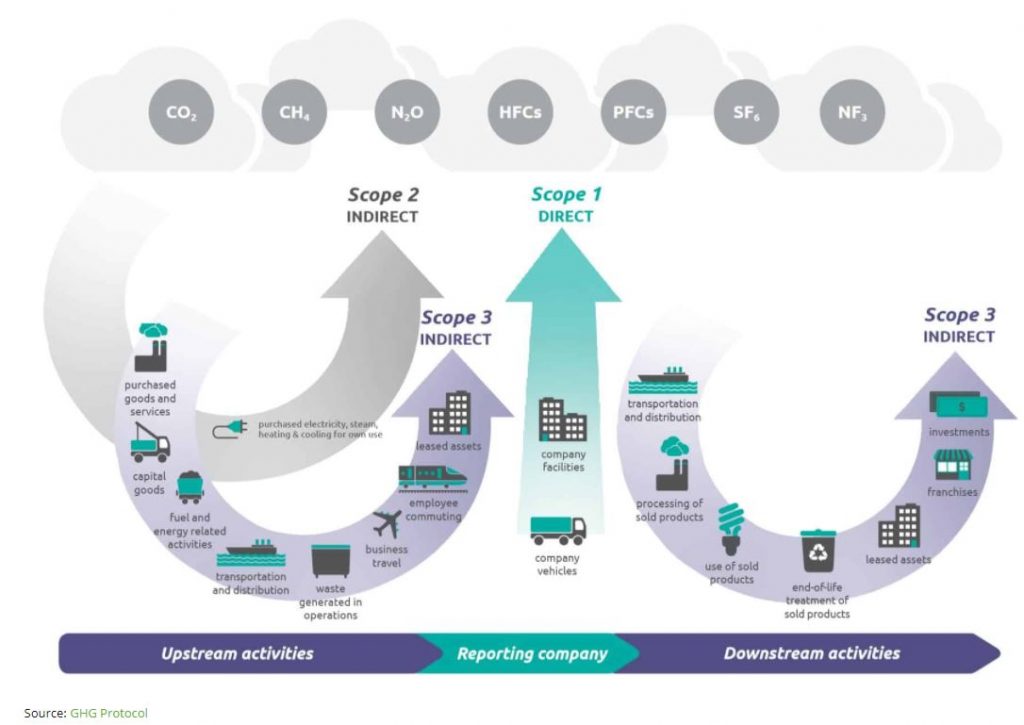
- Greta Thunberg and the societal response: Carney was impressed by her. He showed her the Bank of England’s gold reserves. At the UN Climate Action Summit in September 2019….
- Thunberg said “You have stolen my dreams and my childhood with your empty words and yet I’m one of the lucky ones. People are suffering. People are dying. Entire ecosystems are collapsing. We are in the beginning of a mass extinction and all you can talk about is money and fairytales of eternal economic growth. How dare you!….We will not let you get away with this. Right here, right now is where we draw the line. The world is waking up and change is coming, whether you like it or not.”
- There was a Global Climate Strike in 2019 with 7.6 million people in attendance in 185 countries…the media struggled to tall a compelling narrative, but the 6th Mass Extinction is coming according to Carney.
- Carney argues that revolutions happen abruptly as Cass Sunstein argues, when a tipping point is met, when it becomes socially acceptable (like wearing masks for example).
- Values depend on consumer focuses.
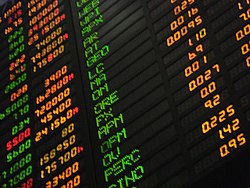
Financial Technology to Ensure That Every Financial Decision Takes Climate Change Into Account
Carney argues that companies must take the race to net-zero seriously. For Carney, the financial system needs to take climate change into account, because that’s where the smart money is headed already. Firms can report their own climate disclosures. COP 26 in Glasgow is going to focus on the financial approach. There is money to be made in the transition. And Mark Carney argues that the smart money is turning green.
- Harnessing the power of economics to effect change is the most sensible force for good, in Carney’s eyes.
- Carney points out that the amount of money needed for the low-carbon shift is about $3.5 trillion in the energy sector per year and twice the rate currently invested in the energy sector….
- Climate-resilient systems are needed at a cost of $90 trillion;
- Carney argues that the private sector is more then money, we need their innovative drive that is incentivized towards net-zero;
Carney’s 3Rs, these are the three areas needed to make this work: reporting, risk, returns
Reporting: TCFD network: a solution by the market for the market which Carney forcefully argued didn’t work in the 2008 financial crisis….at any rate, their total assets under management is over $170 trillion which includes the largest banks, pension funds asset managers and insurers. The largest AUMs are asking to disclose their carbon footprint in line with the TCFD.
The metrics used are
- Disclosure of risk, governance and strategy for climate change;
- Consistent metrics across sectors;
- Scenario analysis typical in financial modelling and equity research.
The disclosures cannot be static! They should be dynamic such that they reveal financial risks/opportunities. Ask the company to explain how they will reach net zero….
Regulatory Reporting
financial regulators input climate-related financial reporting in their roles.
- At the Bank of England, Carney says the Prudential Supervisory Authority are a division of the bank with advice on how insurers should address climate change.
- Make the TCFD reporting mandatory at the Federal/National level! IFRS and IOSOCO (which regulate securities) have to agree to make reporting standardized.
Risk Management
As mentioned in chapter 11, there are physical and transition risks. Climate change differs from most other risks in that:
- Climate change is unprecedented as they have not fully happened yet;
- Climate change is massively impactful in every country and globally;
- Climate change is foreseeable right now using the scientific method;
- Climate change requires action today for horizons in the future that we cannot be predict accurately.
The Bank of England has stress-tested the UK financial system for various climate pathways, scenarios. Climate stress tests about engaging the developers of the model in the contingencies and factors at play.
Returns
The creation of green and transition bonds is an important catalyst. Carney believes that helping companies moving from brown to green is a consultative practice. The typical best plans are as follows:
- Defining a net-zero objective based on scope 1 (all direct emissions: fuel combustion etc), scope 2 (indirect emissions: electricity purchases) and scope 3 emissions (all other indirect emissions: end products).
- Outlining clear milestones and metrics for senior management;
- Board of Directors level governance;
- Executive compensation based on meeting these metrics……
Green bonds will not be sufficient to pay for the green future. Value will be in identifying the transition. ESG are focused on the s and the g. Investor should be able to calculate the e net present value. “We need 50 shades of green.” (325, Value(s)). Needs to be able to get a sense of how serious a given company is at the senior management level. Embedding metrics in the motivation. The efficacy of transition plans.
- Mark Carney says the UK should lead the climate change strategy in Glasgow….hence he is advising Boris Johnson.
- Decarbonization is going to be a financially viable source of investment; if you are pulling carbon out of the process then the investment will come to you as an additional value proposition.
- Buying offsets is opaque and only 98 million tons of CO2 were traded at a total market value at $295 million, there is no central market. There are no uniform carbon credits and there is a lot of friction so Carney argues for standardization…
- The cost of the green tech is high for developing countries but it makes sense to provide that do developing countries as a value added services….how to capture that value once the developing country firm has that technology is not so clear.
- Climate policies suffer that same challenge that central banks deal with: the temptation to lower interest rates over long-term stability of inflation. We want to prevent short-termism in finance and now on climate.
- Short term costs are hard for politicians, there is a lack of credibility.
- Political parties need to get broad support across the spectrum.
- Specific climate polities should be looking at the economics. More transparent tracking of climate policies.
- Governments should have sustainable growth committees. Carney wants to provide tools for the Bank of Canada and England decision making and targets. The idea is that market will allocate capital and then break the tragedy of the horizon.
- Continued growth is not a fairy tale as Thunberg argued.
- Policies should be focused on technological innovation.
- Clear and consistent communications.
- More likely that investment and returns will be made clear.
- Policy makers and future costs of doing business need to be calculated and part of the solution.
Analysis of Part 2 Chapter 12
- Not clear that the private sector would want to take on the opportunity to meet net-zero BEFORE a large global catastrophe that is clearly caused by human-made climate change such that customers demand either the private sector have targets in place or the public sector enforces such practices. It will be a train-wreck to check every single companies manufacturing to ensure they have the carbon capture pipes operating properly. It is so easy to pollute. The fines must mark the cost of violating the rules far more prominent.
- Ironically, what caused the financial crisis are the individual actors being disassociated with the system level. What Carney hopes is that this be flipped around with climate change. Suddenly, decisions should be made at the system level with a simple boiled down abstraction of 42 +/- 3 GigaTons of CO2 per year must be our pollution cap. However, there is another disassociation that must occur here; namely financial experts in urban centres, far away from the oil fields are talking about transition as if the oil companies are going to just love this whole ‘climate-change agenda’. The consequences of the model make short-term harm very real for the oil industry workers who enjoy their work. I don’t mean we’re wrong about climate change because oil workers might stand to lose economic opportunities due to an imposed legislative or imposed financial capital re-allocation away from fossil fuels, but slave owners in the US lost their economic future because of the threat of legislative decision-making, they were willing to go to war and die in the name of a moral wrong. So, we, including Carney, need to get serious about “Oil Country”.
Ø Carney doesn’t necessarily call out who the polluters are…he doesn’t put pen to paper to say that fossil fuel companies are the problem and could be part of the solution. And what to do about Alberta’s transition? Carney doesn’t talk about a way to help Albertans who have driven the Canadian economy forward in terms of GDP should be compensated…and or supported in retaining economic development locally against the back drop of the Rookie Mountains. Think about how Britain settled the slavery questions in 1834 by compensating the owners of slaves? Then think about how the US settled the slavery question between 1861 – 65? Oil is like slavery in some ways as I argued a decade ago.
“When Abraham Lincoln wanted to curb slavery, he was battling the entrenched interests of the Southern US states. Slavery was a moral wrong, but slavery was also central to the Southern US economy. ” – Professor Nerdster
- Efforts to have a global corporate tax neglects to acknowledge that the best situation is where every other country is paying that tax but you have a loop hole.
- Just because you can build something doesn’t mean you should. Do people want self-driving cars? Do people want to charge their cars? This is where regulation forces the issue.
- Carney’s really skates on thin ice in this chapter because industrial processes rely mostly on energy to melt and shape the products that we enjoy, most items in your house have a carbon footprint that you never see but enjoy the fruits of, the cost to create that same product without generating CO2 is likely significant today. Bill Gates’s How to Avoid a Climate Disaster is pretty much explanation of how this complex set of problems can be solved. Many companies would not exist if it was illegal to pollute….This issue is where the rubber hits the road, unless there is total control of the means of production by some over-arching legal body, there will be an incentive to use fuel…let me think about this further. This is where manufacturing products on the moon becomes more attractive as CO2 there is additive….impractical in my life time but, you know….fun to think about.
- With what power can Carney achieve having his preferences reflected in the world? What Carney and others are missing is the way to show the end user the consequence of their preferences. While people do tend to seek out like-minded people, and shun polarization, running for public office would be his best route….. What funding model do we have?
- Carney seems to fail to acknowledge that what Greta Thunberg is ignoring is that the transition could be very painful and as such not materialize as she extrapolates it ought to. She is also a child, probably should be in school. The consequences of climate change are heavy in her mind, the consequences of transition aren’t thought out. Both are subjective, terribly difficult to predict and forecast…even with climate physics firmly in the corner of “2 degrees Celcius is a big deal…”
- The global climate strike didn’t really move the needle, did it? Is that really how we measure sentiment on climate change being a mainstream concern?
- Reporting has been tried before, startups were created to create a global standard but then failed; Amee.com. Companies do want to participate in green-washing but not so much on their own accord anything that undermines stakeholder value is a threat to the CEO’s job.
- TCFD network: a solution by the market for the market….which Carney forcefully argued didn’t work in the 2008 financial crisis….
- Self-interest trumps the interest of others. That’s what COVID illustrated. The self-interest of profit generation is so strong that you would wonder if Carney lives in a fantasy land…no, he just happens to be correct about the climate physics at play, may need more salesmanship.
- You start to wonder if Carney is a heavyweight with all the details, annotations and facts but a lightweight with bandwidth of human nature between self-interest and self-lessness . Maybe he’s got an overly focused vantage point on reality. For example, take a pan for your kitchen. How much did that pan cost? Is it anti stick? $25CAD pan. Now why is that pan so cheap? The material supplier doesn’t have a carbon pollution tax right now. If you impose a carbon pollution plan on that manufacturer because they are in your legislative geography then another kitchen pan producer who doesn’t have that constraint will. Game theory! Learn it a weep. And there are way to game the system further. The temptation to lie about emissions is massive as Volkswagen did it. OPEC oil producers do it. So let’s be serious about human nature too! We are cheeky monkeys!
Citations Worth Noting for Part 2: Chapter 12
- Ezra Klein, ‘How to decarbonize America’, The Ezra Klein Show, 27 August 2020.
- Department of Energy and Climate Change, ‘Electricity Generation Costs’ (July 2013).
- Energy Transitions Roadmap report version 1.5 (2020)
- Goldman Sachs, ‘Carbonomics: Innovation, Deflation and Affordable De-carbonization’, Equality Research (October 2020).
- Climate Action Tracker, ‘Warming Projections Global Update’ (December 2019)
- Cass Sunstein, ‘How Change Happens’ podcast. London School of Economics Public Lecturers and Events, 14 January 2020.
- Cass Sunstein, How Change Happens (MIT Press: Cambridge, MA, 2019).
- UN Environment Programme, ‘Emissions Gap Report, 2019’ (26 November 2019).

